Our Blog

Understanding Sensory Integration in Early Childhood
This blog explains how the eight senses help children learn and grow. It gives parents a clear picture of how sensory integration works and what to do if their child shows signs of sensory difficulties. Read Article
Sensory Integration in Babies: Early Development and What to Look For
Sensory integration starts before birth and helps babies grow, learn, and explore. Learn how it works, what signs to look for, and how early support can help babies who are sensitive to touch, sound, or movement. Read Article
Gross Motor Skills in Children: Why They Matter and How to Support Them
Gross motor skills help children move, play, and take part in everyday life. Learn how they develop, what signs to look out for, and how early support and everyday activities can help. Read Article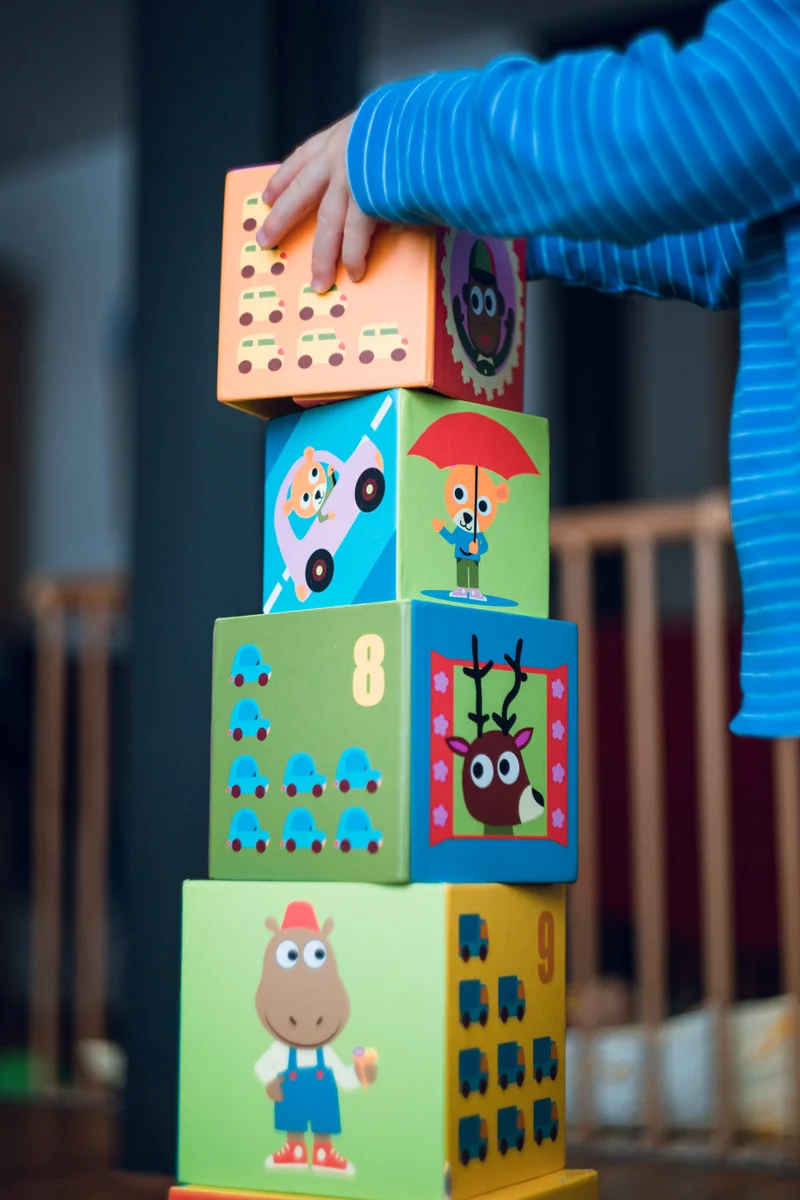
Early Intervention through Play: How Everyday Activities Support Your Child’s Development
This blog explains how early intervention supports your child’s learning and movement through playful, hands-on activities. It also offers simple ideas parents can try at home using everyday objects. Read Article
Tactile Sensitivity in Children: Understanding and Supporting the Sensitive Touch
This blog helps parents understand what tactile sensitivity is, how it can affect a child’s daily life, and what calming activities can support sensory regulation in a simple, child-friendly way. Read Article
Feeding Support: Helping Your Child Build Positive Mealtime Habits
This blog explains why some children have difficulties with feeding, how parents can recognise early signs, and what steps can be taken to make mealtimes easier and more enjoyable for the whole family. Read Article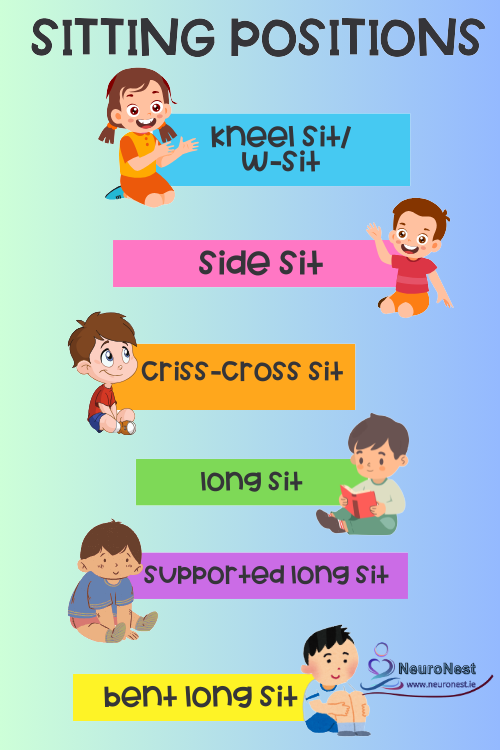
Floor Sitting Positions
In this post we will explore the classic crisscross style of sitting, as well as acceptable alternative sitting positions on the floor. We will explore floor sitting for circle time, gym class, and other classroom learning situations. Not only are we learning about alternative sitting positions on the floor, I am hopeful you will become an advocate for the students you serve. Another resource to check out is our post on flexible seating options for the classroom. Read Article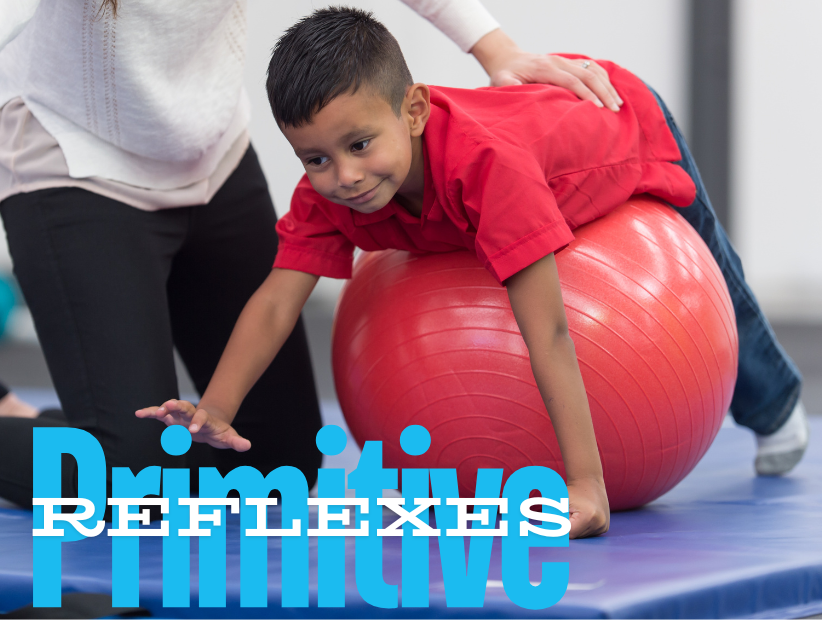
Retained Primitive Reflexes | NeuroNest
Discover how retained primitive reflexes—automatic movements from infancy—can impact your child's development, learning, and behaviour. Learn how NeuroNest identifies and integrates these reflexes through our personalised NeuroMature programme to support healthy neurological growth and lasting developmental progress. Read Article
Where Curiosity Grows: The Power of Play and Learning Together
Play is more than fun — it's the heart of how children learn and grow. In this article, we explore how child-led play, open-ended materials, and caring relationships help curiosity bloom. But it's not just children who grow — early years educators also thrive when supported through reflection, creativity, and collaboration. Discover how play, professional development, and partnership with families create a truly magical early learning experience. Read Article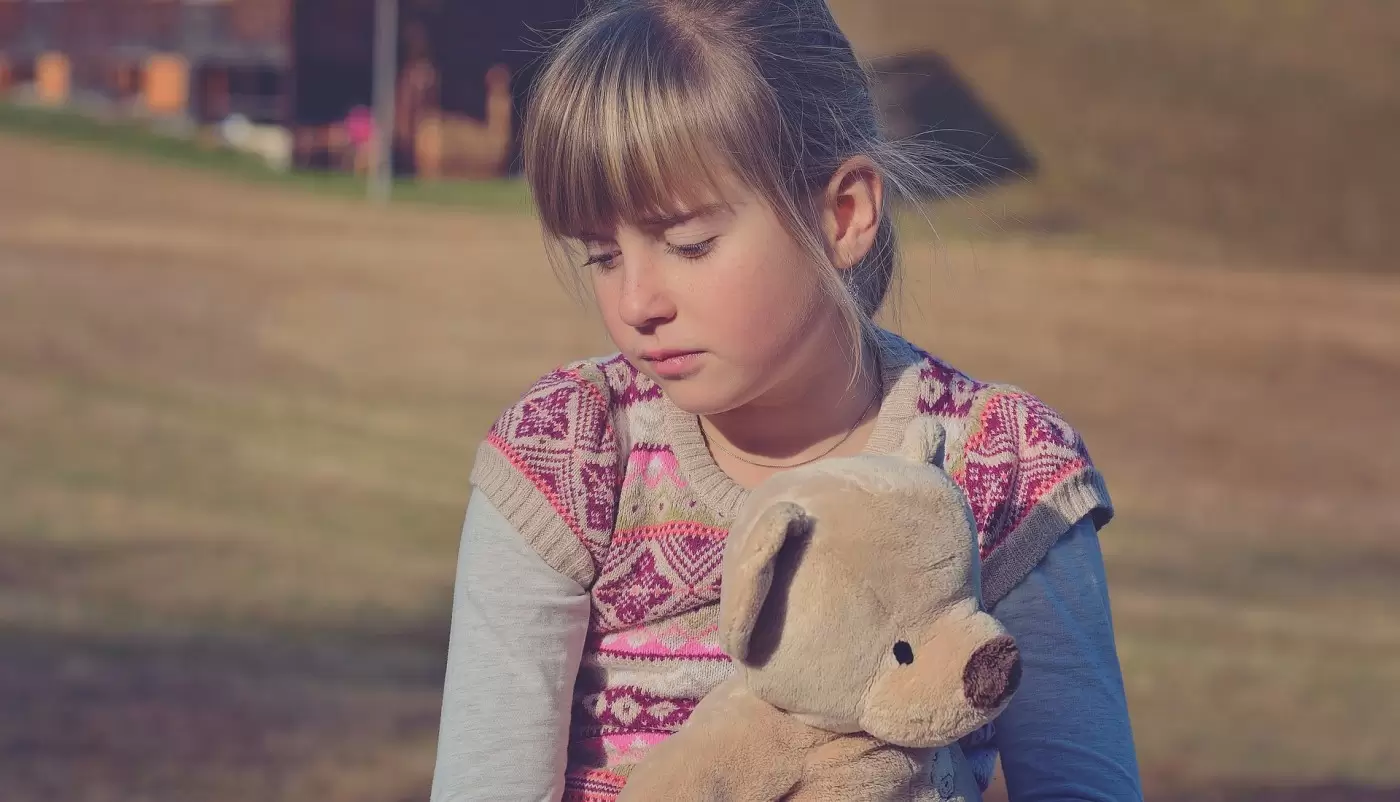
What Every Parent Should Know About Stress and Anxiety in Children
Learn how to recognise signs of stress and anxiety in children, understand the main causes, and discover gentle ways to help your child feel safe, calm and supported — explained simply and kindly for all parents. Read Article
Sweet Little Lies – How to Recognise Them and Respond with Care
Children often say things that aren’t true, not to misbehave, but because they are still learning the difference between fantasy and reality. In this article, learn why children tell small lies, how to respond calmly, and how to guide them with love and understanding Read Article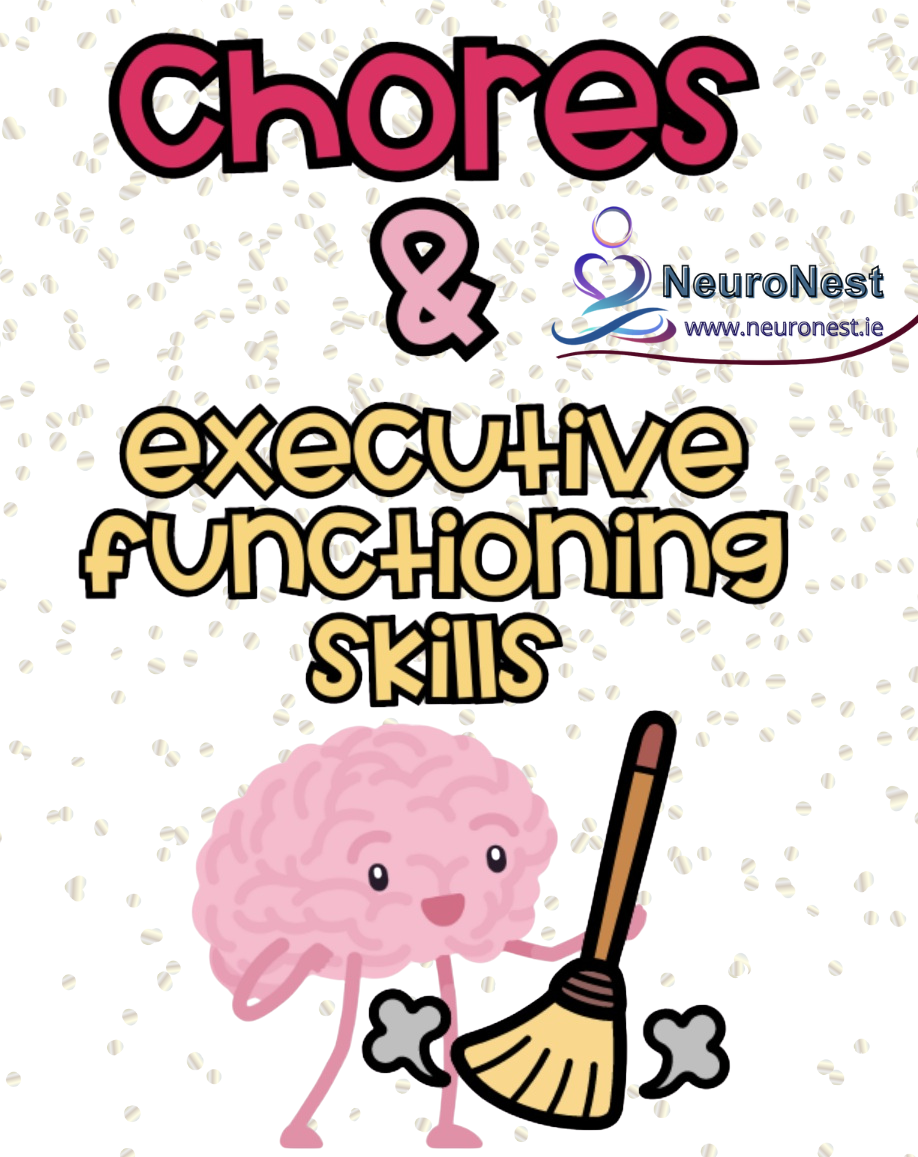
Helping Your Child Grow: How Chores Build Thinking and Life Skills
Did you know that simple chores like making the bed or setting the table can help your child build important brain skills? In this blog, we explain how everyday tasks support planning, focus, and responsibility — all through real-life learning at home. Perfect for parents looking to support their child’s independence and development in natural, practical ways. Read Article
Developing Emotional Intelligence – Why It Matters and How Parents Can Help
Children don’t always know how to manage strong feelings like fear, anger, or stress. In this article, you will learn how parents and teachers can help children build emotional intelligence. We explain how the brain grows, why emotions affect learning, and what you can do at home and in school to support your child’s emotional and social development. Read Article
How VR Meta Quest Helps Us Work with Children in NeuroNest – A Blend of Traditional and Modern Support
At NeuroNest, we combine traditional therapy with modern tools like VR Meta Quest to help children prepare for real-life situations. In this blog, we explore how virtual reality games – including obstacle courses with catching, pushing, knocking down and avoiding – support emotional regulation, confidence, and everyday skills for children with autism, ADHD and sensory needs. Discover how technology becomes a bridge to real-world success when used with care and intention. Read Article
How to Help Your Child Build a Positive Self-Image
Children learn who they are by watching, listening, and feeling how others treat them. In this blog, we explain how you – as a parent – can help your child feel strong, confident, and ready for life. Learn how small actions, kind words, and clear rules can help your child build a positive picture of themselves, even in difficult moments. Read Article
Three Steps to Setting Boundaries – with Love and Consistency
In this blog, we explore why boundaries are important for children and how to set them in a calm, clear, and loving way. Learn a simple 3-step approach to handle everyday situations, like when a child throws a toy or struggles with leaving the playground. This guide helps parents stay confident and consistent while supporting their child’s emotional development and sense of safety. Written in easy English for everyday use. Read Article
Polyvagal Theory Made Simple: What Every Parent and Therapist Should Know
This blog explains Polyvagal Theory in a warm and simple way. Learn how our nervous system affects behavior, emotions, and how children react to stress. Perfect for parents, teachers, and therapists who want to understand and support children better. Read Article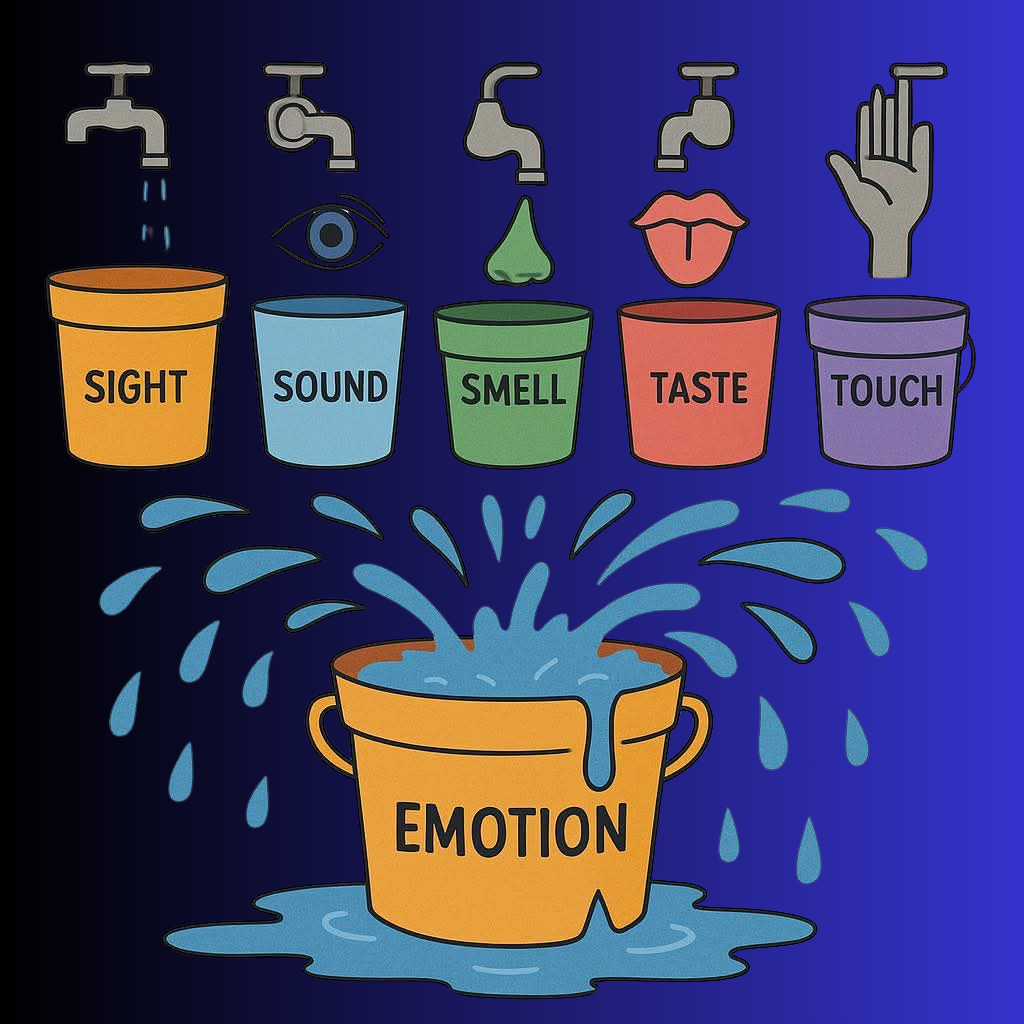
The Six Bucket Model – Understanding Dysregulation from the Inside Out
What if behavior isn't the problem—but the outcome of unseen sensory overload? Based on insights from 40+ books by non- and unreliably speaking autistic authors, this post introduces the Six Bucket Model—a visual metaphor that makes sense of sensory dysregulation, emotional overflow, and the power of co-regulation. Written for parents, educators, and therapists, this article invites us to shift from reaction to connection, from control to compassion. Read Article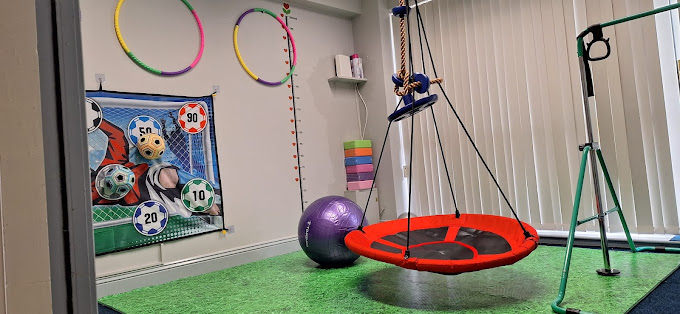
The Swing in Early Intervention: Connection, Regulation, and Growth
Discover how we use the sensory swing at NeuroNest to support children from birth to 12 years during early intervention. Learn how swinging promotes regulation, reflex integration, emotional safety, and joyful connection—one movement at a time. Read Article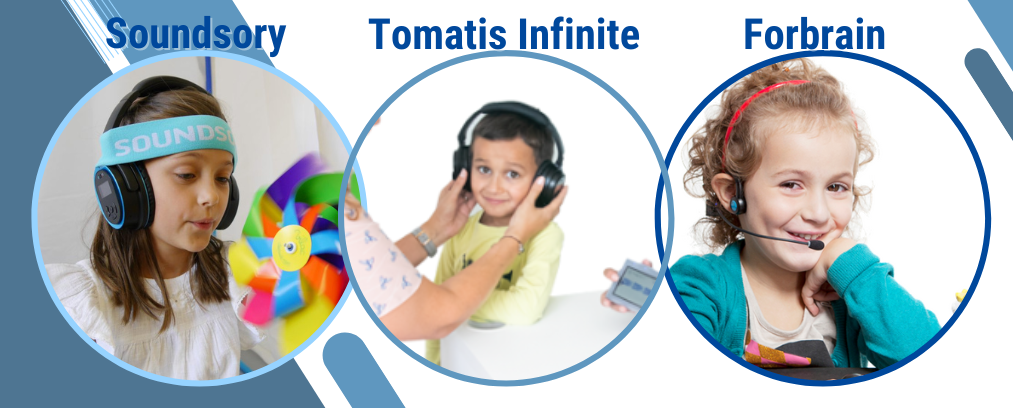
NeuroNest – Blending Traditional Wisdom and Modern Tools to Support Every Child
At NeuroNest, we combine the warmth of traditional developmental practices with the power of modern neurotechnologies like SOUNDSORY®, TOMATIS®, and Forbrain®. Learn how these tools help us support children’s growth in speech, movement, focus, and emotional well-being – always in a child-centred, caring way. Read Article
Blending Traditional Therapy with Smart Tools: How GoBalance Helps Children Grow
At NeuroNest, we combine trusted child development methods with smart, motivating tools like GoBalance Play and Sport. In this blog, we explain how these balance boards support physical, emotional, and cognitive growth in children aged 2 to 12 (14). Read Article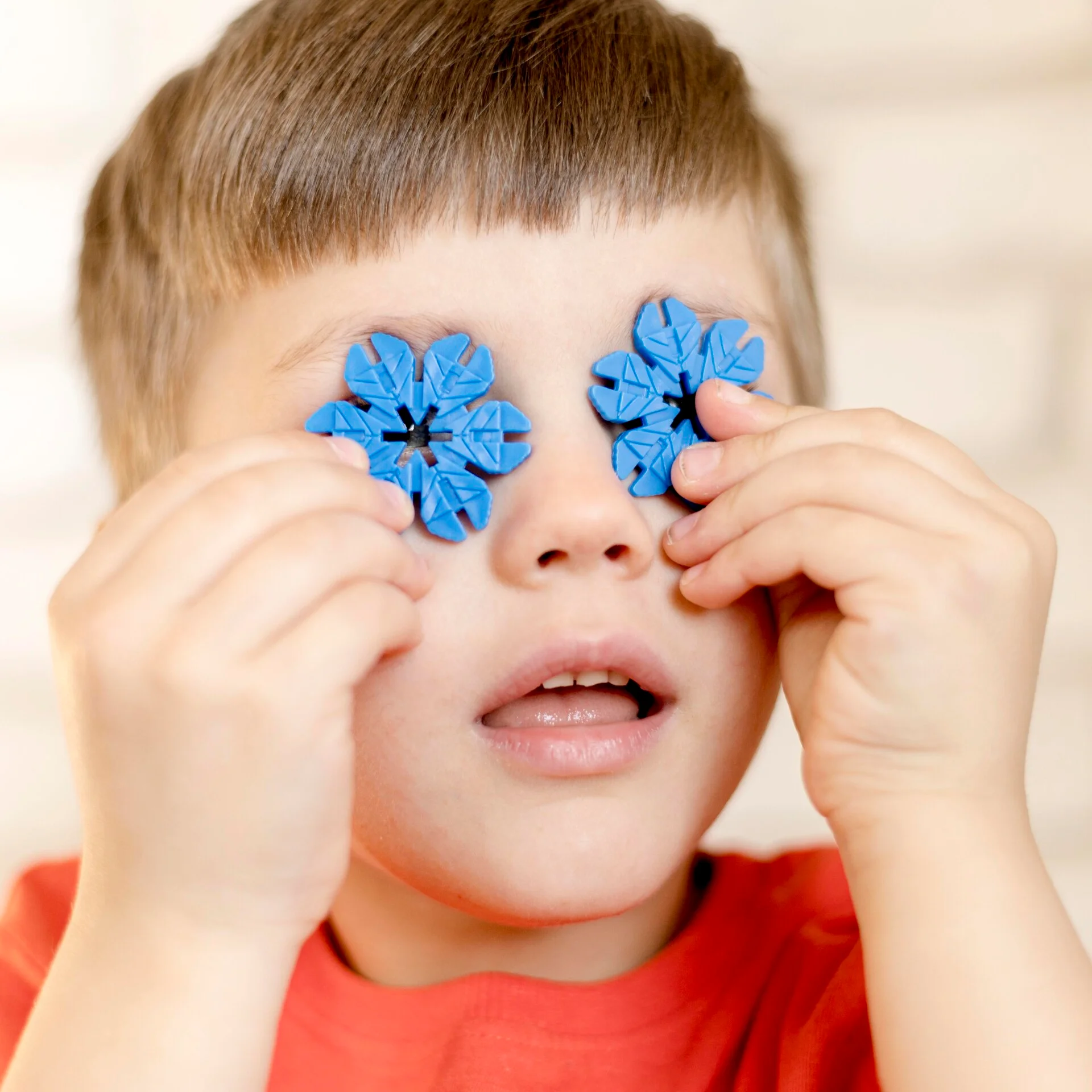
Visual Perception: How Children Understand the World Around Them
This blog explains what visual perception is, how it develops in children, and how difficulties in this area can affect daily life. It also explores how therapy can support children with visual perception challenges. Read Article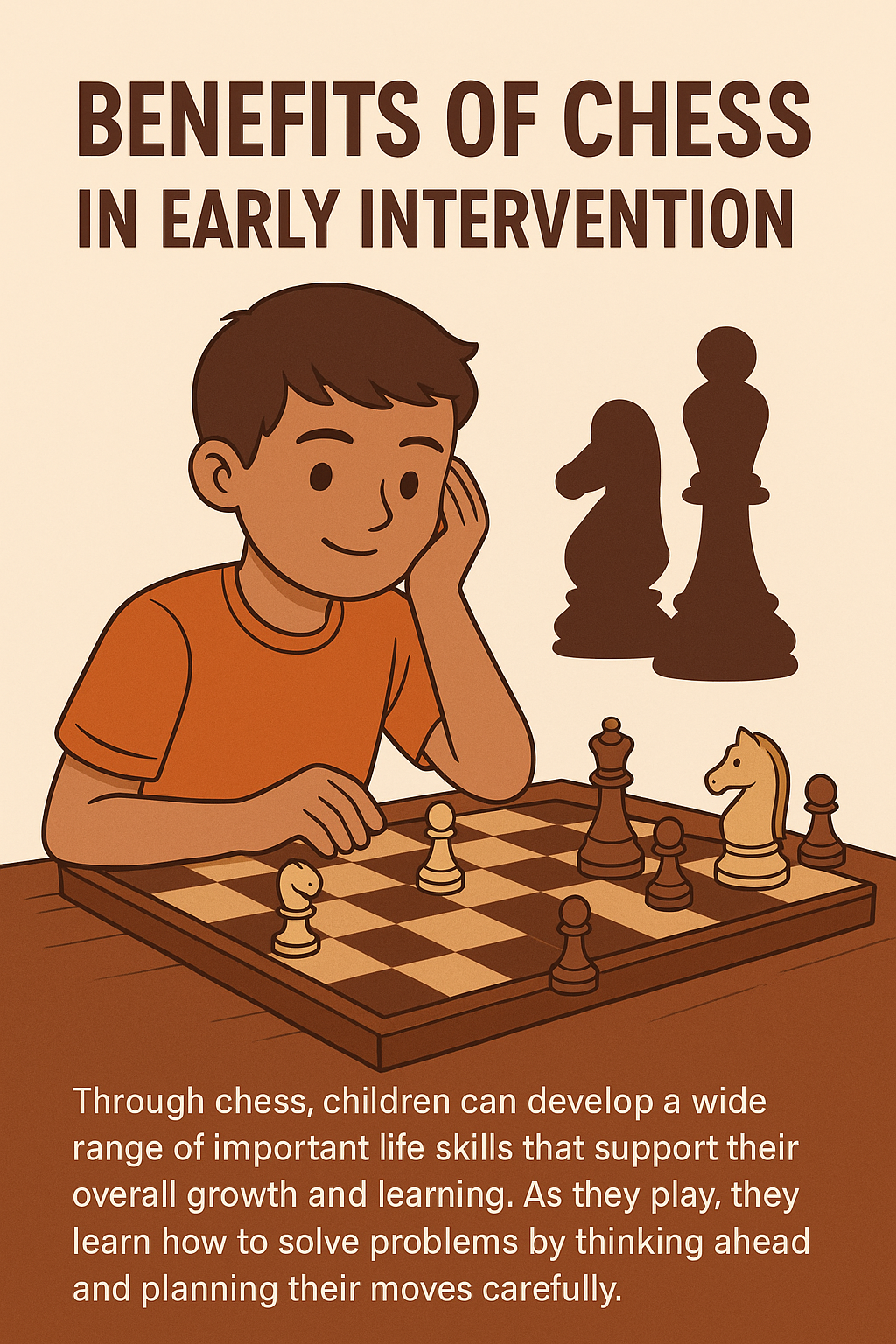
Benefits of Chess in Early Intervention
Discover how a classic game like chess is becoming a powerful tool in early childhood intervention. From improving focus and emotional regulation to building confidence and social skills, chess offers a playful yet structured way to support children's development. Learn how educators and specialists are using chess to help children thrive. Read Article
How Parents Shape the Eating Habits of Preschool Children
This blog explores how the eating habits of parents influence preschool children. It highlights the importance of family meals, balanced nutrition, and shared responsibility between home and childcare settings. Read Article
Born with Potential, Shaped by Society: How to Find Strength When You Feel Like an Outsider
This blog is for any parent who feels out of place after moving, changing careers, or facing life transitions. It offers supportive steps to reconnect with your inner strength, let go of outside pressure, and create a life that feels true to you. Read Article
How to Develop Pre-Writing and Pencil Skills for Your Child’s Success
This blog explains how children build the hand strength and coordination needed for writing. Learn how to support your child’s pencil grip and fine motor development through play and simple tricks. Read Article
A Touch of Tech: How We Use Xbox in Our Daily Sessions
At our centre, children grow through movement, imagination, and connection. While we use many traditional methods, sometimes a little bit of modern technology – like an Xbox game – can support a child’s development in the right way, at the right time. Read Article
Understanding and Overcoming Feeding Difficulties in Early Childhood
This blog explains why young children may refuse food, how taste preferences change, and how parents can support healthy eating habits between ages 1 and 3. Read Article
The Importance of Tummy Time: Helping Your Baby Grow Strong and Healthy
Learn why tummy time is important for your baby's growth, how it helps prevent head shape problems, and how it supports brain and muscle development. Discover tips and support options for every parent. Read Article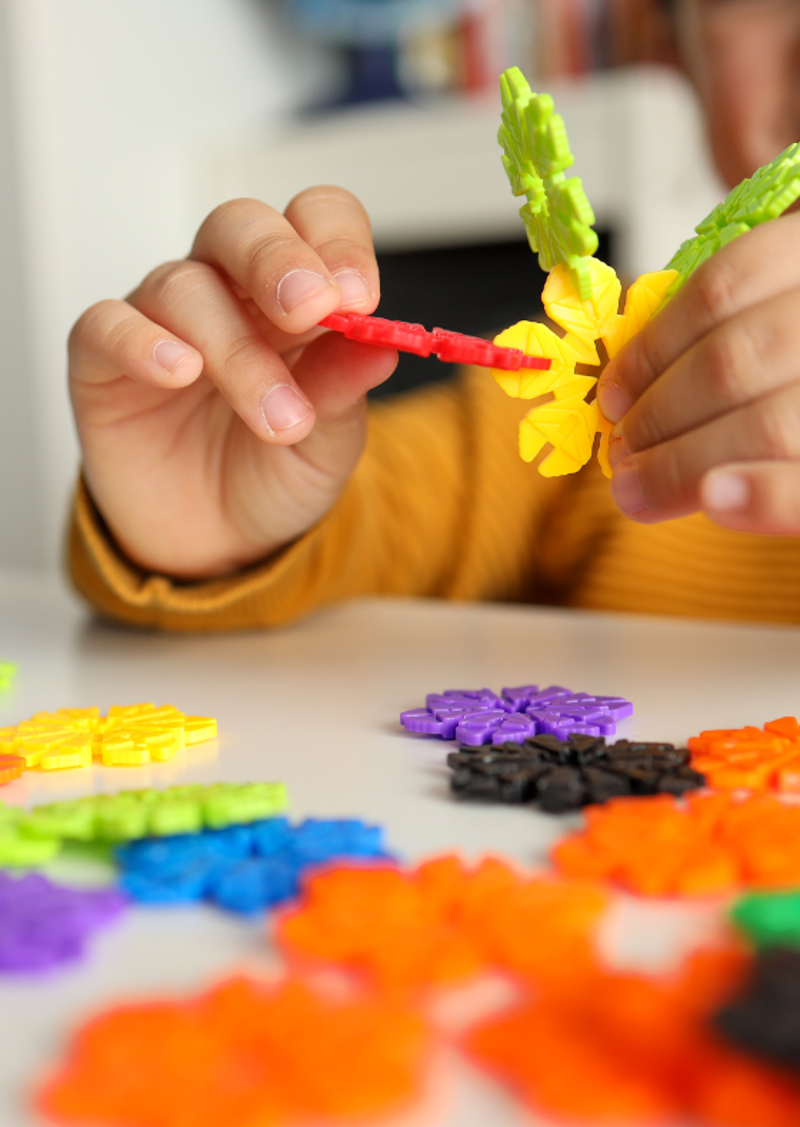
Fine Motor Skills: What They Are and Why They Matter
This blog explains how fine motor skills develop from birth, why they matter for learning and independence, and how parents can support this development through simple daily activities. Read Article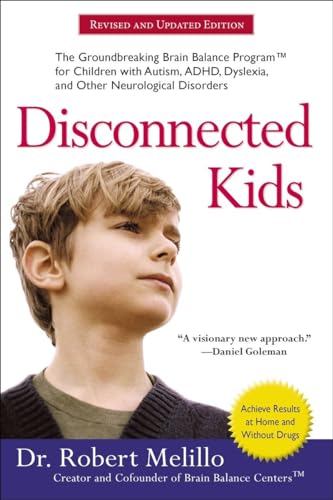
Unlocking Potential: What Parents Should Know About Disconnected Kids and the Melillo Method
Many children today face challenges with attention, learning, or behaviour. Dr Robert Melillo, a brain specialist, believes that these problems may come from an imbalance in the brain. In his book Disconnected Kids, he shares a method that could help children with autism, ADHD, dyslexia, and other difficulties. This blog explains his ideas in a simple way, so that every parent can understand what the Melillo Method offers and where it may have limits. Read Article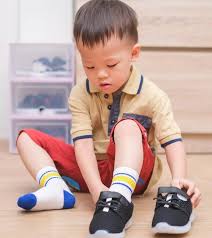
How Children Learn and Remember Skills Through Repetition
This blog post explains how children move from effortful learning to automatic skill use through three key stages: cognitive, associative, and autonomous. It explores the role of implicit memory and why repetition, support, and time help skills become natural. A helpful guide for parents, educators, and therapists. Read Article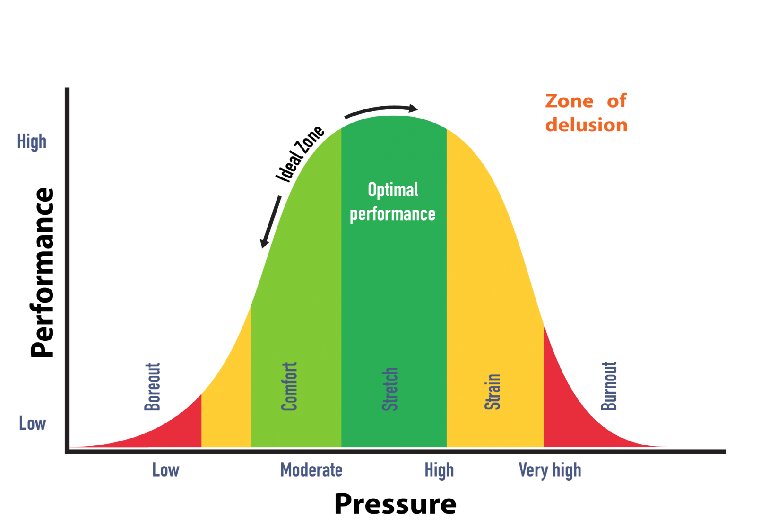
The Inner Conditions Children Need for Learning
This blog post explains how the inner state of a child—especially their level of alertness—affects learning and memory. It shows why children learn best when they are not too calm or too stressed, and how small changes in voice, tone, or actions can help reach the “just right” zone for learning. Based on brain science, this post gives simple tips for parents and educators to support focus, motivation, and success in learning. Read Article
Why Is It Important to Understand Fetal Neuromotor Development?
Learning about fetal movements helps experts detect neurological risks early. This blog explains why it matters for future child development. Read Article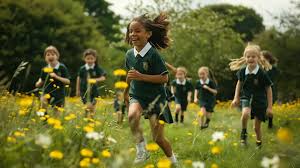
Outer Learning Conditions: How the Environment Shapes a Child’s Ability to Learn
This blog post explains how outer conditions like pace, task difficulty, motivation, and breaks affect a child’s learning and memory. It offers simple tips for parents and educators to create an environment where children feel ready, focused, and motivated to learn through play and rest. Read Article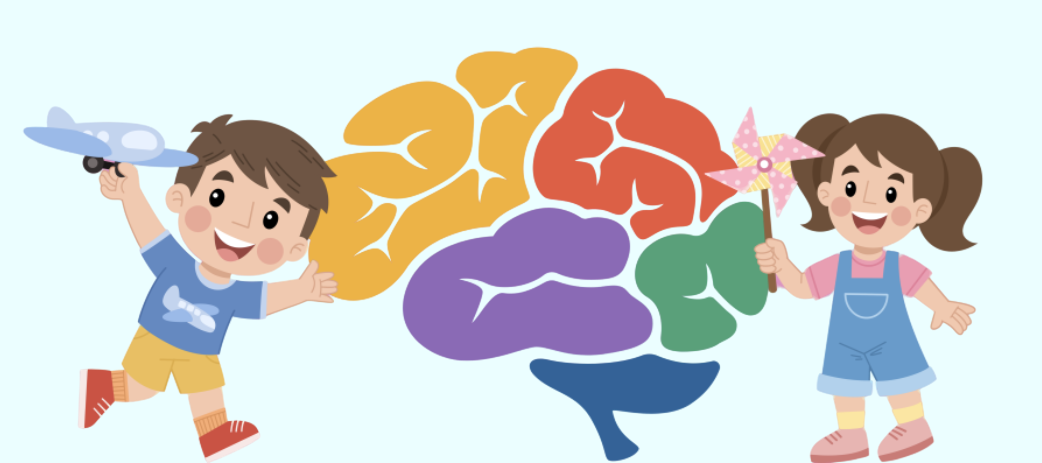
What’s Really Going On in a Child’s Brain?
After nearly two decades of experience, I discovered a new way of understanding ADHD, autism, dyslexia, and other developmental challenges. In this blog, I share how Dr. Robert Melillo’s work reshaped my thinking, why lifelong learning is essential for all who work with children, and how parents and educators can support the developing brain through practical, science-based strategie Read Article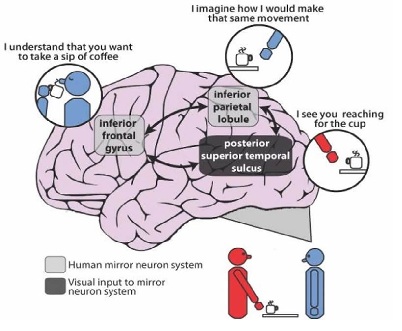
How Do We Learn Through Imitation?
Imitation is a powerful way children learn from birth. This blog explains how the brain helps children copy actions, and why this is important for teaching. Read Article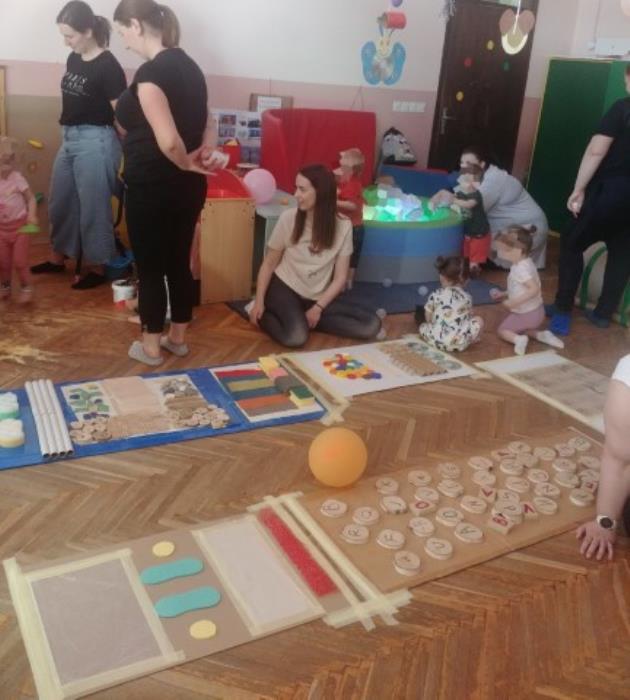
From Storytime to Sensory Support: Using Books to Build Motor Skills in Young Children
Books can be so much more than a quiet activity. Discover how to use your favorite children’s books to support sensory-motor, gross motor, and fine motor development—without fancy equipment. Learn how to bring stories to life through movement, play, and purpose. Read Article
Why Sensory Rooms in Preschools Might Be Doing More Harm Than Good
Sensory rooms are a growing trend in early childhood education, but without the right expertise, they may be causing more harm than good. This blog explores the risks of overstimulation and offers an accessible, low-cost alternative: sensory-motor stories. Read Article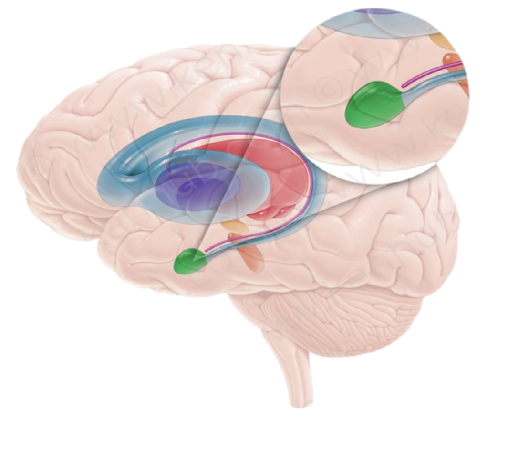
Why Young Children Don’t Feel Fear
Why don’t small children feel afraid of danger? This blog explains how the brain works, why fear comes later, and how we can help children learn what is safe or unsafe. Read Article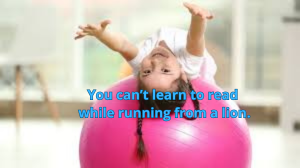
Moro Reflex: Why Your Child Might Be Sensitive to Light and Sound
This article explains what the Moro reflex is and how it can cause your child to be very sensitive to light and sound. It also gives tips on how to test your child for this reflex and how to help them with simple exercises. Read Article
